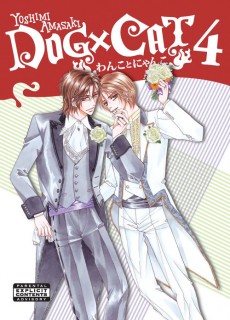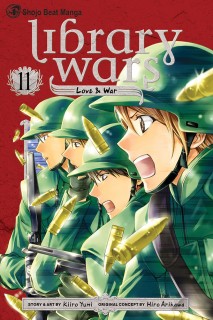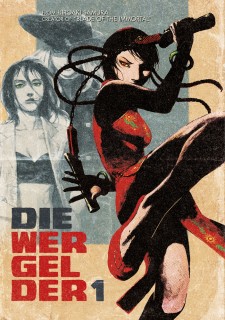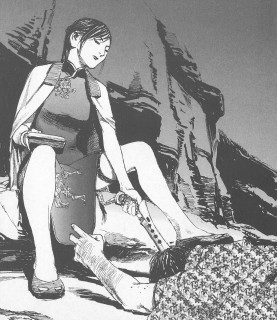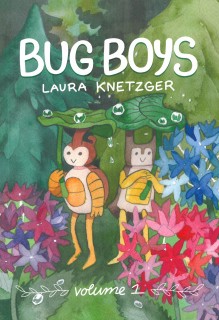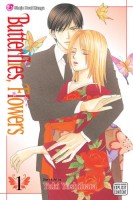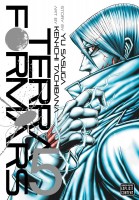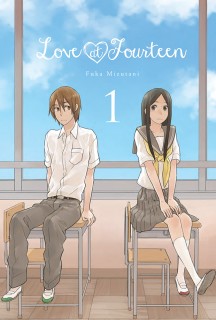 And the winner of the Love at Fourteen Giveaway is… wandering-dreamer!
And the winner of the Love at Fourteen Giveaway is… wandering-dreamer!
As the winner, wandering-dreamer (whose writing I happen to follow at both Narrative Investigations and TheOASG) will be receiving a copy of Fuka Mizutani’s Love at Fourteen, Volume 1 as published in English by Yen Press. Love at Fourteen features a sweet story of first love, so for this giveaway I asked participants to tell me a little about some of their favorite romantic manga. Be sure to check out the giveaway comments for the detailed responses!
Some favorite manga love stories released in English:
Apothecarius Argentum by Tomomi Yamashita
Black-Winged Love by Tomoko Yamashita
A Bride’s Story by Kaoru Mori
Emma by Kaoru Mori
Hide & Seek by Yaya Sakuragi
Horimiya written by HERO, illustrated by Daisuke Hagiwara
Kare Kano: His and Her Circumstances by Masami Tsuda
Kamisama Kiss by Julietta Suzuki
Love at Fourteen by Fuka Mizutani
My Love Story written by Kazune Kawahara, illustrated by Aruko
Nana by Ai Yazawa
Orange by Ichigo Takano
Sand Chronicles Hinako Ashihara
Strobe Edge by Io Sakisaka
Tramps Like Us by Yayoi Ogawa
So, if you’re looking for something a little romantic to read, the above manga may give you a good place to start. Thank you to everyone who shared your favorites with me; I hope to see you all around again for the next giveaway!


